Microsoft Outlook stands as a powerful tool for communication and productivity, widely adopted by businesses and individuals alike. However, the true potential of Outlook is unlocked through two key concepts: Integration and Customization. These elements are crucial as they allow users to tailor Outlook to their specific needs, making their work both more efficient and more enjoyable.
The Importance of Integration in Microsoft Outlook
Integration refers to the seamless connection of various applications and services with Microsoft Outlook, enhancing overall productivity. Outlook offers numerous integration options, such as calendar syncing with Google Calendar, integrating third-party apps like Trello or Asana, and even connecting with CRM systems like Salesforce. These integrations help in creating a cohesive workflow by reducing manual data entry, improving communication, and ensuring that all tools work in harmony.
For instance, integrating your calendar with Outlook ensures that you never miss an important meeting or deadline as all your schedules are synchronized. Similarly, connecting third-party apps can streamline tasks, making project management more straightforward and less time-consuming. The benefits of integration are clear: it promotes seamless workflows, reduces the likelihood of errors, and ultimately leads to a more productive use of time.
Customization Options to Personalize Your Outlook Experience
Customization in Microsoft Outlook allows users to personalize their experience, making the tool more intuitive and user-friendly. Customization options include creating custom folders to organize emails, setting up personalized signatures to give your emails a professional touch, and applying themes to suit your aesthetic preferences. These features are not just about making Outlook look good; they play a significant role in enhancing user experience and efficiency.
For example, custom folders can help you organize your emails by project or client, making it easier to find specific emails when needed. Personalized signatures can save you time by automating the inclusion of your contact information, while themes can make your interface more visually appealing, reducing eye strain and making your work environment more pleasant. All these customization options contribute to a more efficient and personalized workflow.
Best Practices for Maximizing Integration and Customization
To effectively integrate and customize Outlook, here are some practical tips:
- Start by identifying the tools and apps you use most frequently and look for integration options with Outlook.
- Use custom folders and rules to automatically sort incoming emails, reducing inbox clutter.
- Regularly update your personalized signatures to reflect any changes in your contact information or business branding.
- Avoid over-customizing to the point where it becomes difficult to navigate your Outlook interface.
Common pitfalls to avoid include integrating too many apps, which can lead to a cluttered interface, and neglecting to regularly update your custom settings. Success stories abound, such as businesses that have seen a 30% increase in productivity by integrating their CRM with Outlook, or individuals who have significantly reduced their email management time through effective use of custom folders and rules.
In conclusion, the key points discussed highlight how Integration and Customization in Microsoft Outlook can significantly enhance productivity and user experience. By effectively utilizing these features, users can create a more efficient and personalized workflow.
Ready to take your Outlook experience to the next level? Explore the integration and customization options available to you and see the difference they can make. Share your experiences or tips in the comments section, and don’t forget to subscribe to our blog for more insights on small business automation and technology. For more personalized advice, [contact us](https://woodsct.com/contact-us/).
